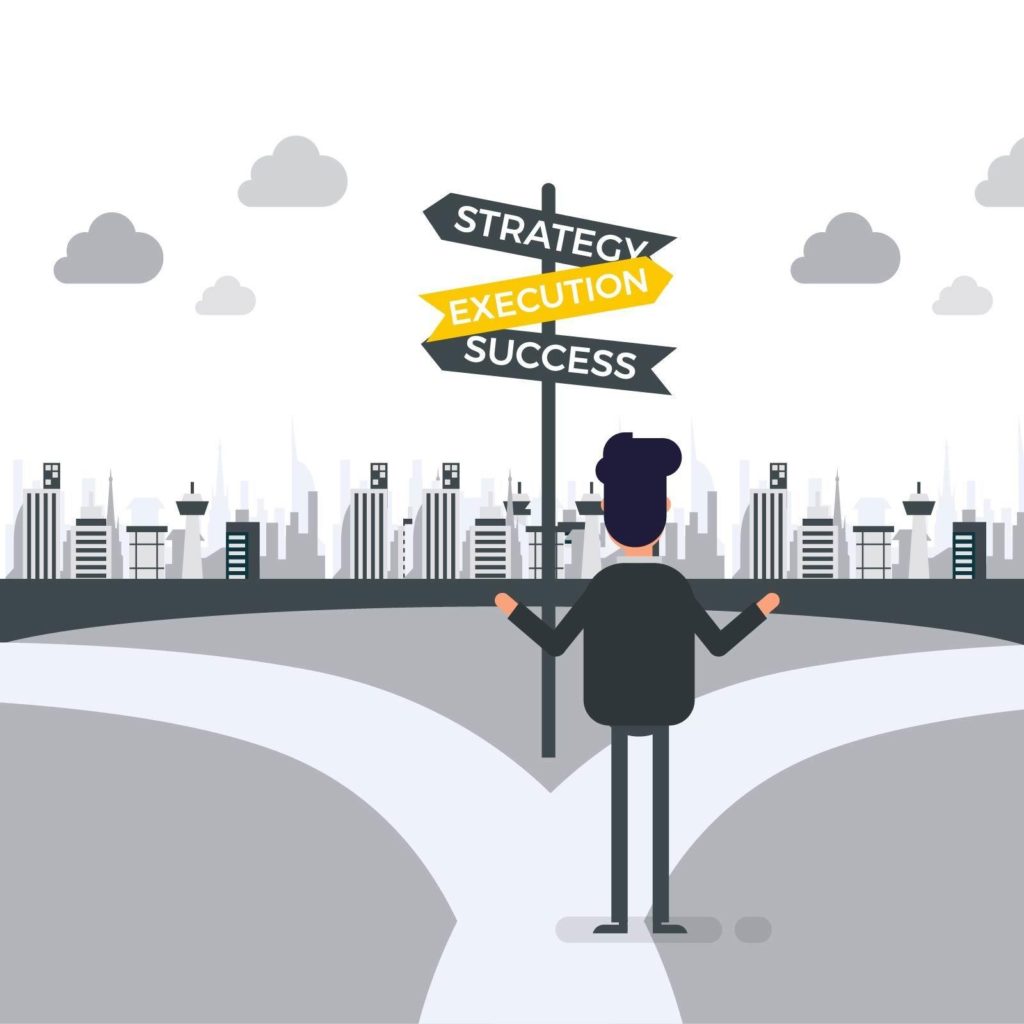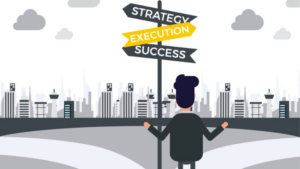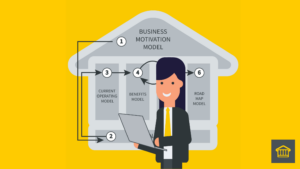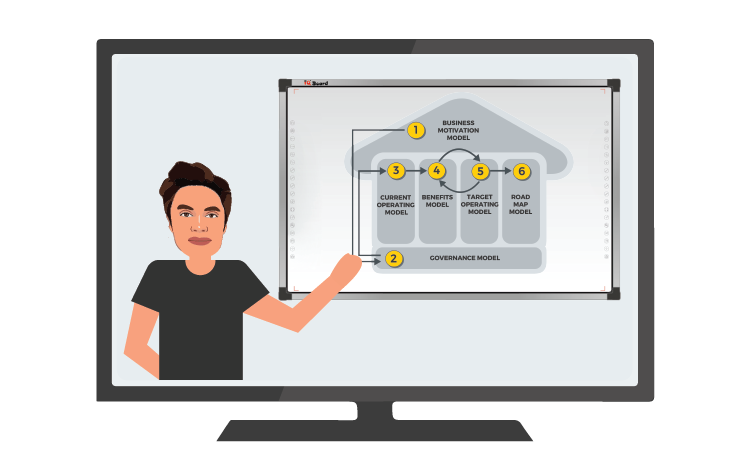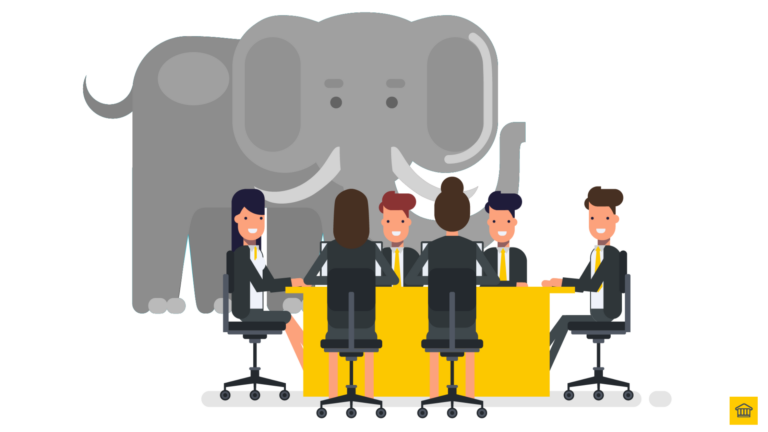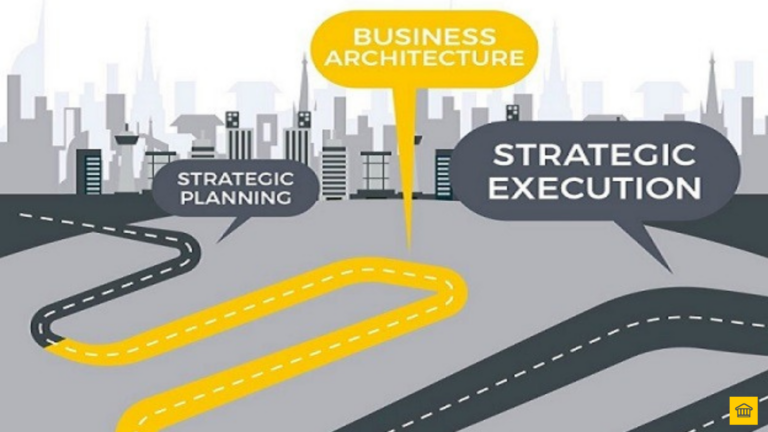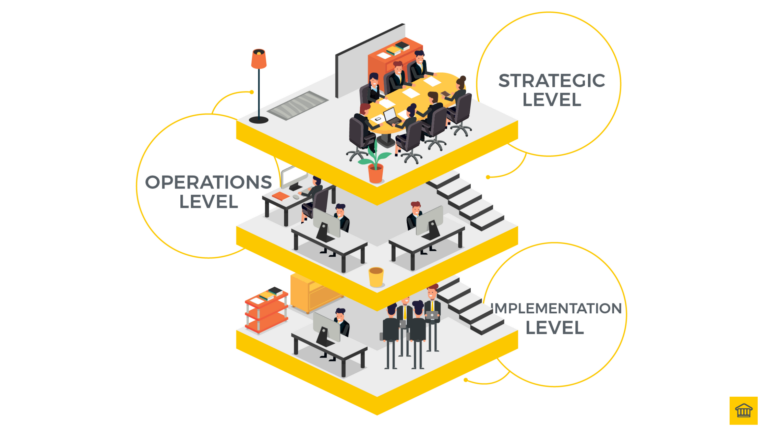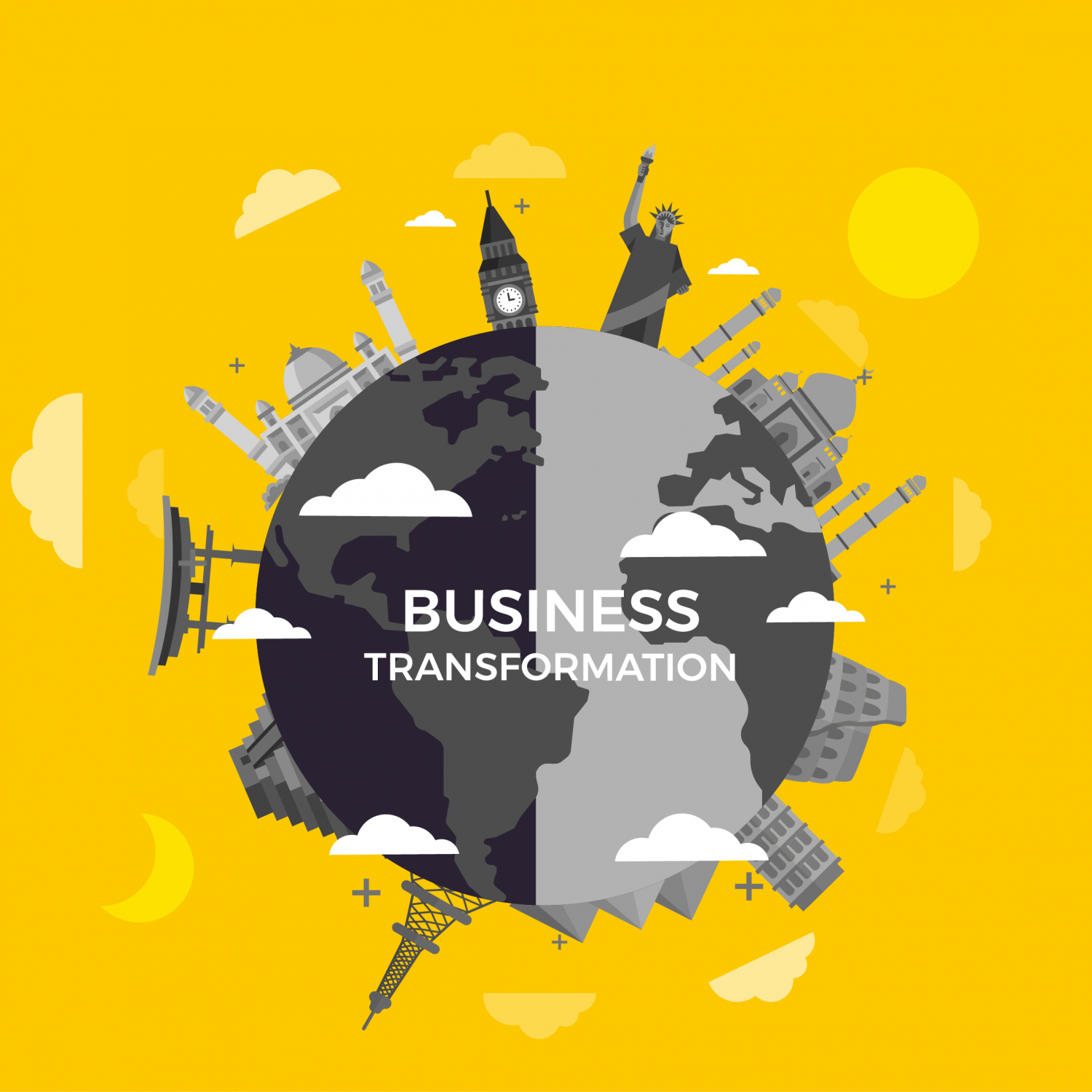Every Organisation that’s about to embark on a business transformation wants to either….
- Retire and decommission legacy systems that are painful and expensive to maintain. These systems may lack the ability to analyze customer data or adapt to meet the changing demands of their clients;
- Optimize data analysis for improved reporting purposes and ensure regulatory compliance, or
- Move to a modern IT environment to make operations more efficient, support regulatory work and deliver innovative solutions to customers.
But the truth is hardly any of these are successful, and 70% will end in failure. So what do you do when it all goes wrong?
In this post we will discuss the 5 questions that you need to ask to manage your business transformation successfully.
These questions are:
- Why are you doing this (and how committed are you)?
- Who is impacted (and who are their representatives)?
- What is the current User Journey (and what pain points are you addressing)?
- Where and how are you delivering changes into the Business (and what about Technology)? and
- When are these changes being implemented (and how are you managing risks)?
Why are you doing this (and how committed are you)?
In our Business Transformation Playbook, we discussed VSOM.
It stands for Vision, Strategy, Objectives and Measures.
The VSOM articulates the businesses’ goals such as the strategy, objectives and measures.
It’s very similar to SMART goals which refers to objectives that are: Specific, Measurable, Achievable, Realistic and Time-bound.
This is because with VSOM being SMART, it identifies all the requirements and ‘improvement opportunities’ that the Business should align and support.
For any Organisation to actualize VSOM, the change needs to be supported from the top.
The leaders need to align their goals and tell their story as a team. After all, Organisations achieve their goals through teamwork.
The leaders need to align their goals and tell their story as a team. After all, Organisations achieve their goals through teamwork.
Heath Gascoigne Tweet
Who is impacted (and who is representing them in the room)?
Whenever proposed changes are being implemented, how do you determine if you’ve identified everything that is necessary? Has it been unanimously agreed upon? Who agreed to it?
This question may be answered by Step 2 in HOBA® which refers to Control.
Control is specified in the Governance Model.
In our book, this refers to the process of managing the design, decisions, scope and risks of the programme and Business Architecture.
The objective of the Governance Framework is to establish the structure, board members, team representatives and the review and approval process for decision-making.
It ensures that the Business Architecture and Blueprints get reviewed and approved by the appropriate stakeholders at the appropriate management level.
Most importantly, the Governance Framework incorporates the needs of all the key stakeholders and known dependencies both in and outside the Programme.
Unfortunately, there’s a lot of focus on technology solutions so Business Transformation projects and programmes are solely focused on the ‘digital’ elements of the transformation, hence the misnaming ‘Digital Transformation’ (we covered this in this previous post).
Technology is the only thing that’s prioritised and everything else is drowned out. This is partly responsible for why these transformation programmes have such a high failure rate.
Technology is the only thing that’s prioritised and everything else is drowned out.
Heath Gascoigne Tweet
BPTrends presented this reality in their book titled, ‘Business Architecture: The Missing Link between Business Strategy and Enterprise Architecture’. The figure can be seen below:

In 2019, the rise of AI, Machine Learning, IOT and DevOps have drowned out the voices of the business-side in transformation projects.
What is the current User Journey (and what pain points are you addressing)?
In a previous blog post, we discussed the importance of User Journey’s.
In a User Experience focused world we now live it, the value of User Journeys is that they allow organisations to ‘feel’ the User’s perspective.
It helps them understand and put into context what the Customer ‘feels’ (issues, concerns), as well as ‘where’ they experience it once they interact with the organisation.
By knowing ‘what’ this experience feels like and ‘where’ Users experience it, the Organisation is able to address their frustrations when developing the TOM.
As a result, they are able to put the User (and their frustrations) first when planning and designing their products, strategies and services.
In the end, they are able to improve their experience and level of satisfaction by addressing their frustrations directly.
Where and how are you delivering changes into the Business (and Technology)?
It’s ideal to use a top-down Design Approach when delivering and discussing changes.
In our book, we discussed the Target Operating Model (TOM) which uses a ‘top-down’ direction, which starts from the Business Capabilities as illustrated below:
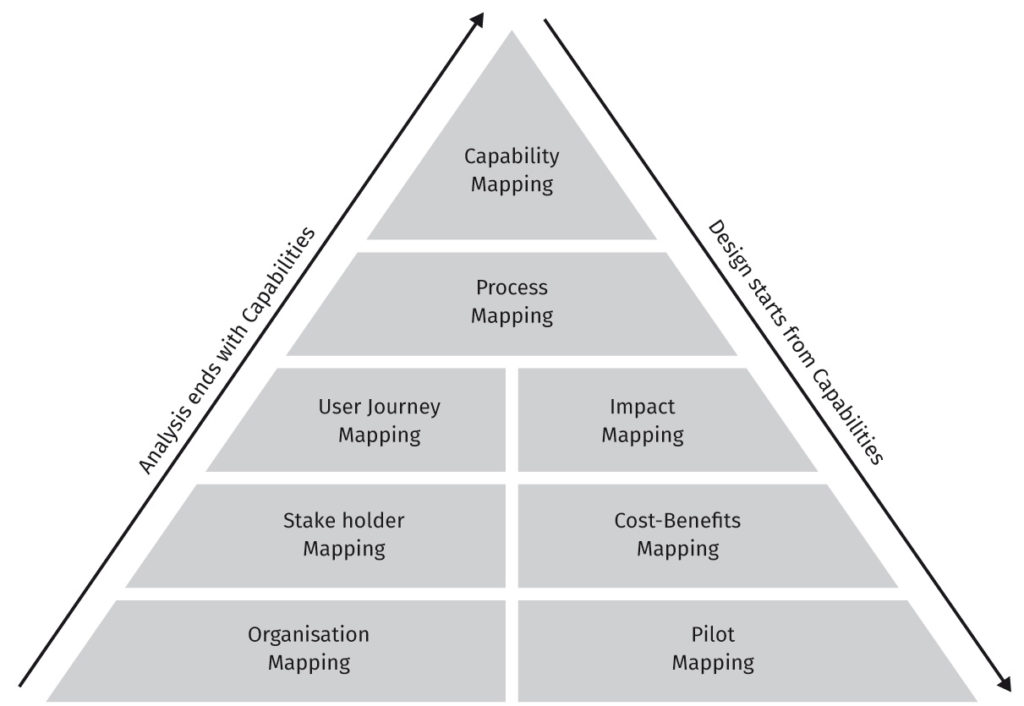
- The ‘design’ road map – for developing and delivering the design of the Target Operating Model (TOM)
- The ‘physical’ road map – for the development and implementation of the physical Business Architecture that is aligned to the design of the Target Operating Model (TOM).
Over to you
Strategy alone will not lead to success. There’s a lot of talk about design in Business Transformation, specifically – designing an Organisations’ future or Target Operating Model (TOM). Although design is important, design on its own is not enough. And no one seems to be talking about that. You have to be able to implement the strategy and Target Operating Model (TOM), and do this in a way that:- the Business and Stakeholders participate in its planning and its implementation, so…
- when delivered and implemented into the Business, the Target Operating Model (TOM) enables the Business to realise the intended benefits and achieve the Organisation’s Vision as planned.

